Ioana and Ciprian Radu wanted a house in which they could use modern systems to control it, but also reduce their energy consumption to zero, possibly even producing their own energy. Being IT experts, it wasn't hard for them to research how they could do this. So they came up with the idea of building a passive house. But until Litarh to build their passive house, Ioana and Ciprian had to find the design team to think and make all the necessary calculations to ensure the strength, energy efficiency and comfort of such a house. The passive house concept is common in Western European countries, but is still little known in our country. Even if more and more architects and designers are specialising in this type of construction, it is necessary for the beneficiaries to have the mentality of passive house owners and to understand its principles. We thought the story of the Radu family's house might help those who want to build their own home, so we're quick to tell it.
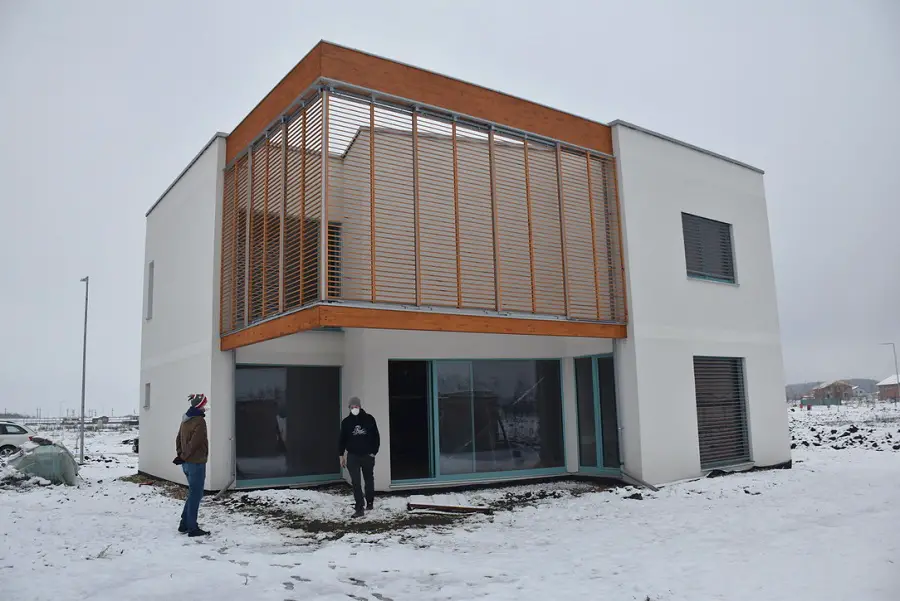
First of all, the architectural project
Ciprian and Ioana did a lot of research before building the house. That's how they learned about the concept of passive house and the advantages of timber frame houses and wanted a house like this. Following up on the information, they arrived at Creative Engineering. But here they found out that before they could call in an energy efficiency and resistance engineer's office, they needed an architect to design the house. And not just any architect, but one who knows what a passive house means and what principles need to be followed to achieve its performance level. That's how they came to Sînziana and Pierre Bortnovski, that is Team Built.
Sînziana and Pierre first talked to Ioana and Ciprian to understand what they wanted the house to be like, but also to make sure that the future owners understood what a passive house meant. "The passive house has an active owner, and to have a passive house you have to prove that you have passive householder behaviour", says Pierre. Influenced by the Buhnici house, they initially wanted a house in CLT. Pierre explained to them that a house the size of the one they wanted doesn't need the oversized load-bearing structure provided by CLT. Structure timber frame,proposed by Pierre and Cătălin Caraza, from Creative Engineering, offers the necessary strength for such a construction and, in addition, allows for gaining useful space because the insulation enters the wall as part of its structure.
Initially, Cyprian wanted a special, ideally round house. But the difficulties of the layout and the prospect of paying 20-30% extra for such a house led them to accept the architects' proposal. The house has 155 m² of floor space on two levels, ground and first floor. It has a contemporary look, with straight lines, large windows to the south and as few as possible to the north. The positioning of the windows on the south side of the house follows one of the principles of passive houses, which is to take advantage of the light and warmth of the sun in winter. Inside, the house has a central area - the living room - open up to the roof where a skylight has been designed. The area breathe in the 5 directionsas Pierre sets, being the core of the house. The living room communicates with the kitchen, also on the ground floor, where there is also a technical room and a bathroom. Upstairs there are 3 bedrooms and 2 bathrooms. The high central living room makes it possible to connect it also with the bedrooms upstairs, thus linking the plans of the house.
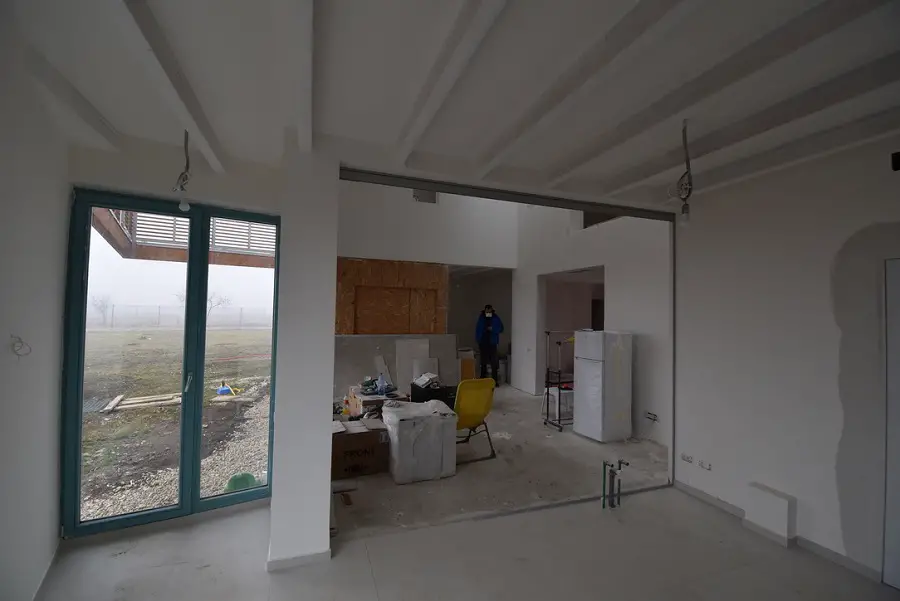

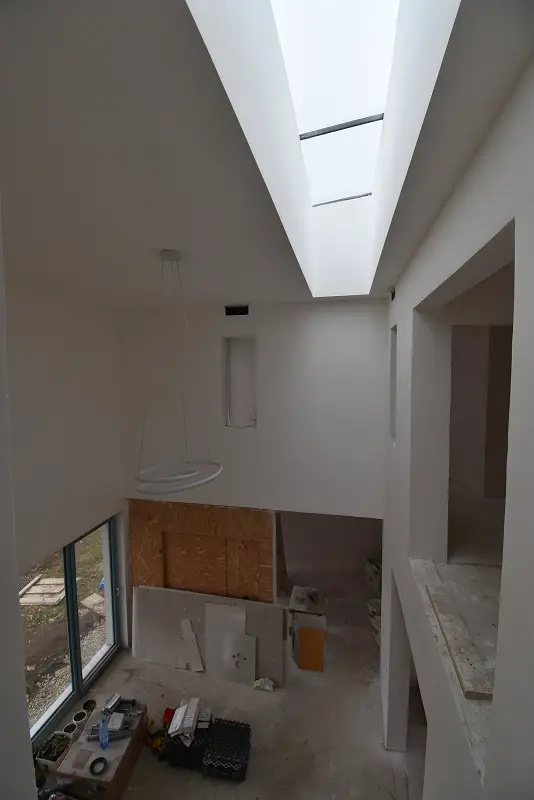
You need a builder who knows what a passive house means
With the architectural design in place, the next steps were the strength and energy efficiency calculations and finding a builder who knew how to make a passive house. For the dimensioning of the strength structure and insulation to ensure the energy efficiency needed for a passive house, they turned to Creative Engineering. When it came to construction, they contacted several companies specialising in timber frame construction and finally chose to work with Litarh. The choice of builder was also helped by the fact that a former college classmate of Joanna's had already worked with Vlad Liteanu on the construction of the house and was pleased with both the result and the collaboration. We also wrote about this house at the time, and you can find the article here here.
In February 2019, the final details of the collaboration with the builder were settled, and in May the foundation was poured at Gulia, near Mogoșoaia, where the Radu couple had the land. The actual construction started at the end of June and lasted 5 weeks, so that by the beginning of August the house was standing and covered.
Construction in the factory took two months, during which time the walls, ceiling and roof were made. The walls are 200 mm thick with 60 mm studs. On the outside is 16 mm DWD fibreboard from Egger, followed on the inside by 200 mm Rockwool acoustic basalt, vapour barrier foil and 15 mm OSB. The floor is made of laminated beams, 22 mm OSB and basaltic wool. The terrace roof has STEICO's 400 mm I-Joist joist load-bearing structure, over which 16 mm DWD wood fibre board, vapour barrier film, ventilated space and 22 mm OSB is installed. This resulted in a flat ventilated roof. Towards the inside 400 mm basalt wool and vapour barrier foil was installed. Both the walls and the flat roof are open vapour diffusion.
In addition to the substantial insulation in the walls, another layer of basalt wool was installed on the outside of the house. This has resulted in a very well insulated house, both thermally and soundproof, and the continuous foil fitted along the walls, floor and ceiling prevents any exchange of air with the outside and automatic loss of heat energy. Tightness test done at the completion of construction proved this, but to confirm perfect sealing it will now have to be repeated after all the electrical, water and thermal route installation work has been done.
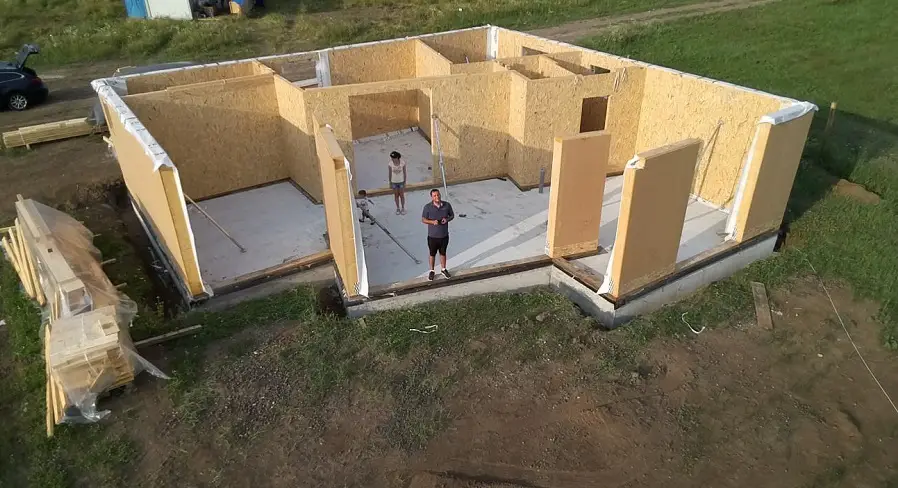
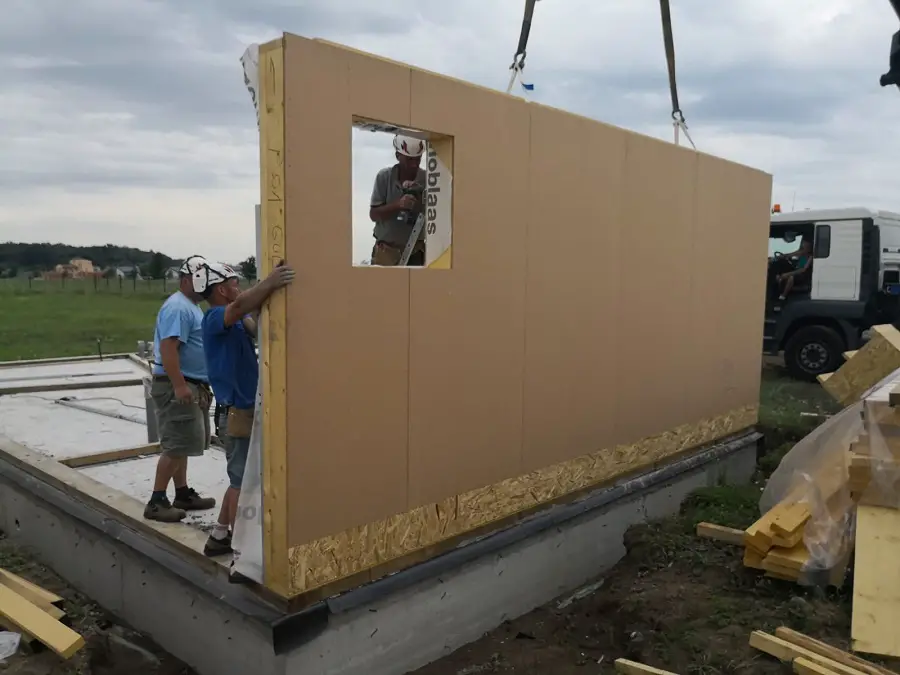
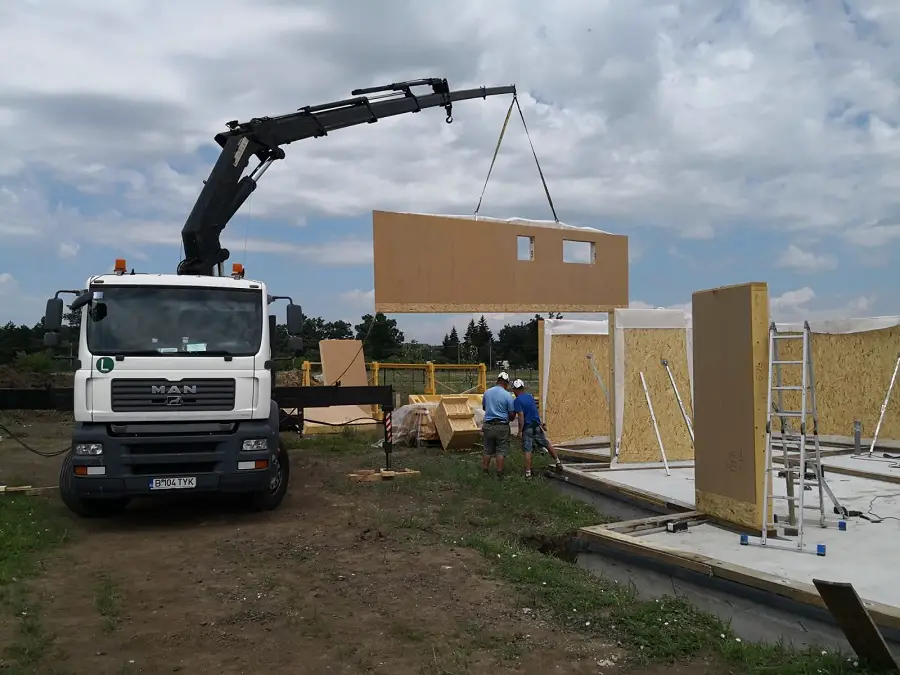
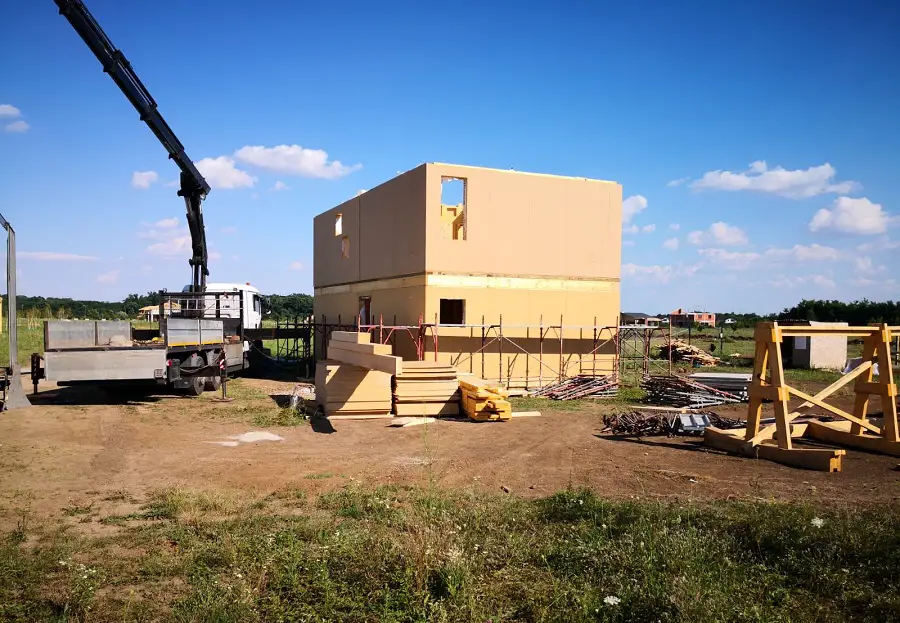
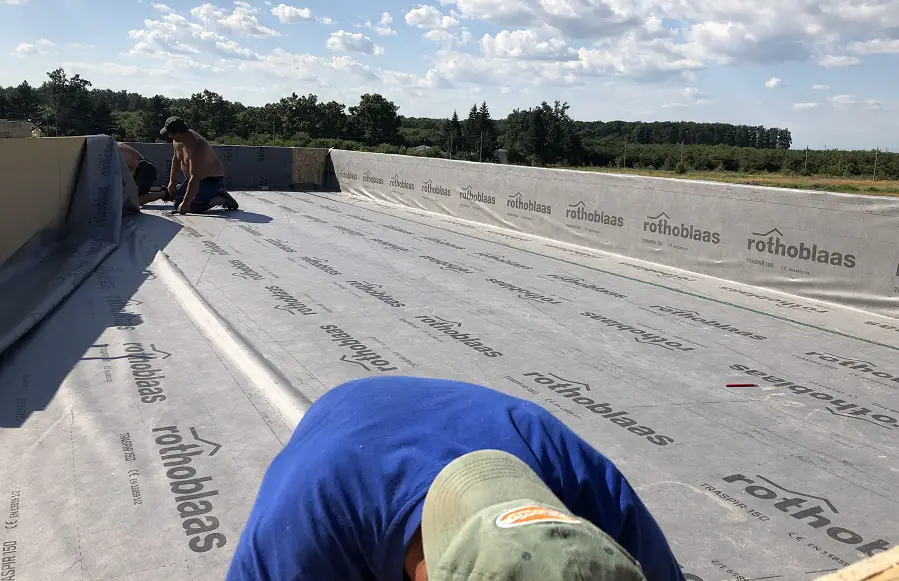
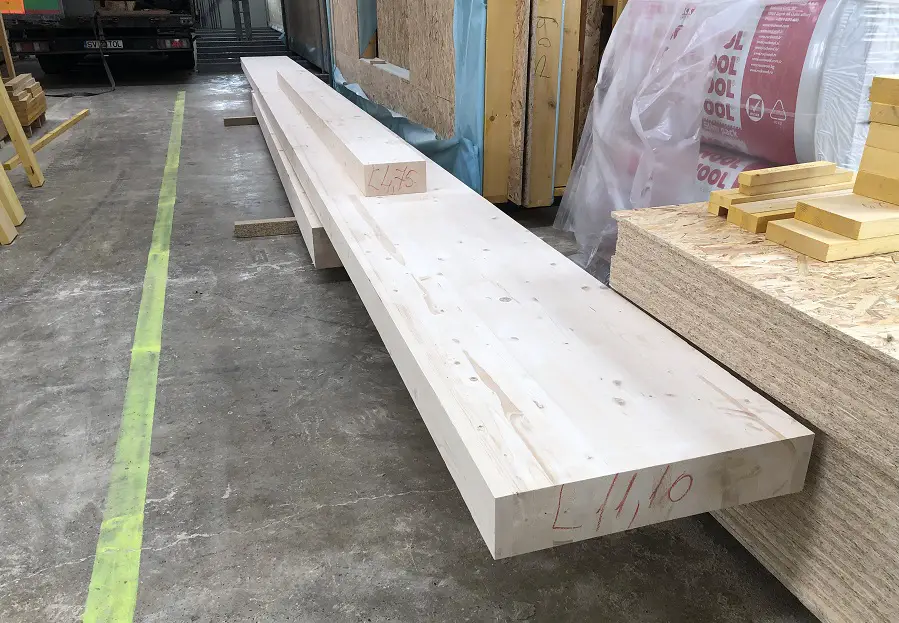
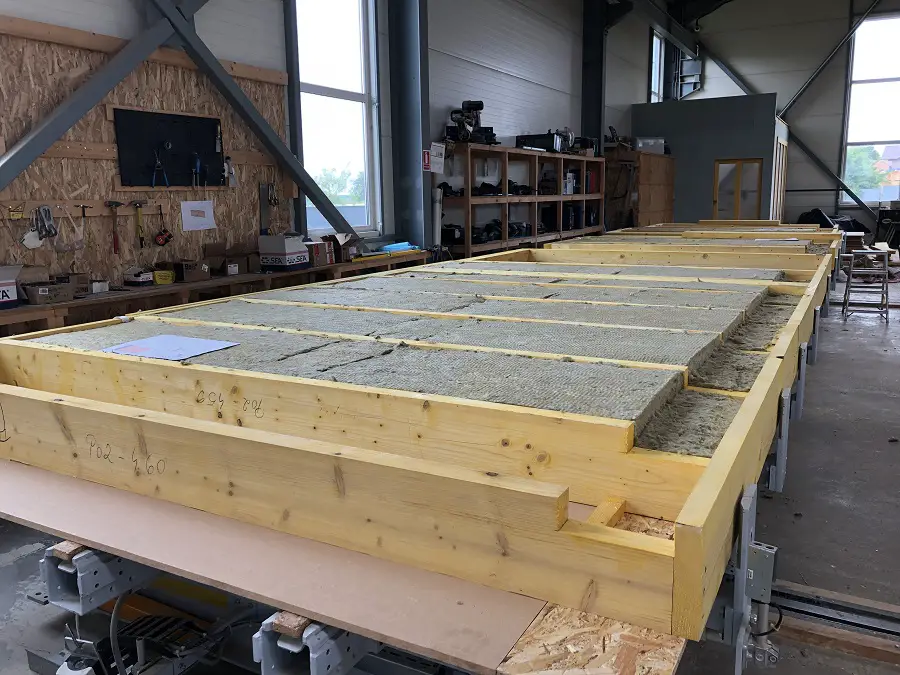
They haven't moved into their new home yet, but they will soon
After completion of the actual construction work, the installations, the ventilation system with heat recovery, the interior and exterior walls were finished. For the interior finishing of the walls, Pierre proposed the use of plaster and clay paint. Clay is known for its ability to retain interior humidity. Also, using these natural products will ensure a very pleasant atmosphere during hot summer days. Materials from Naturalpaintapplied by the company's own team.
Unfortunately, the pandemic came and the work did not continue at the original pace. But now they are very close to doing the final tests and improvements. In addition to the pandemic problems, they have also had problems with the connection to the electricity grid, but this too will soon be resolved. Until then, I asked Joan what she thought of the house. She told me she was pleased and likes the way it turned out. She found it extraordinary that although the house has been totally unheated and uninhabited for over a year, the temperature inside has not dropped below 10-15°C even on nights when temperatures have been as low as -20°C. And the house is on land on the outskirts of the village, not between houses that still keep shelter.
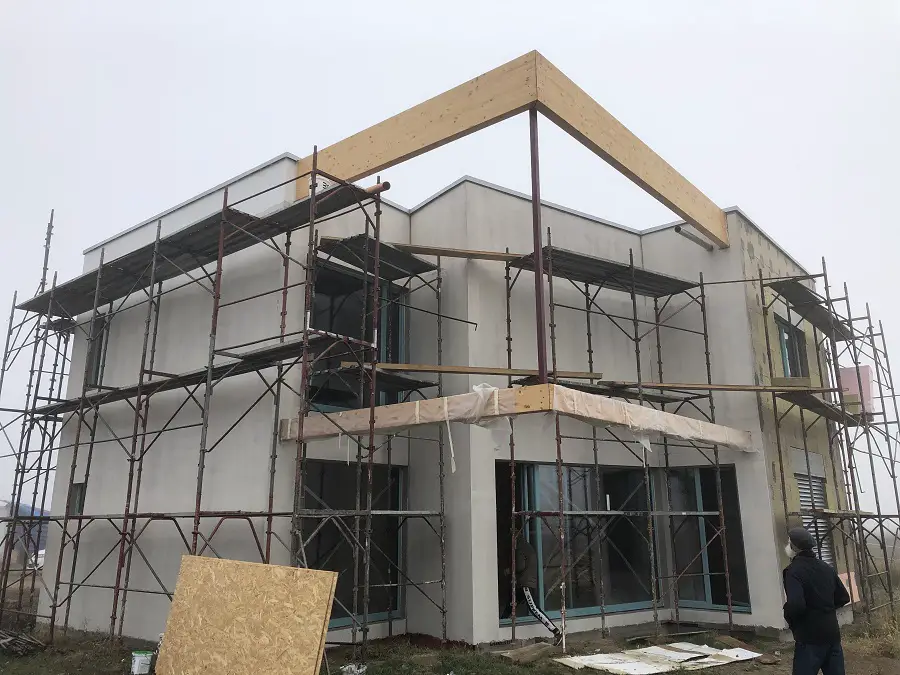
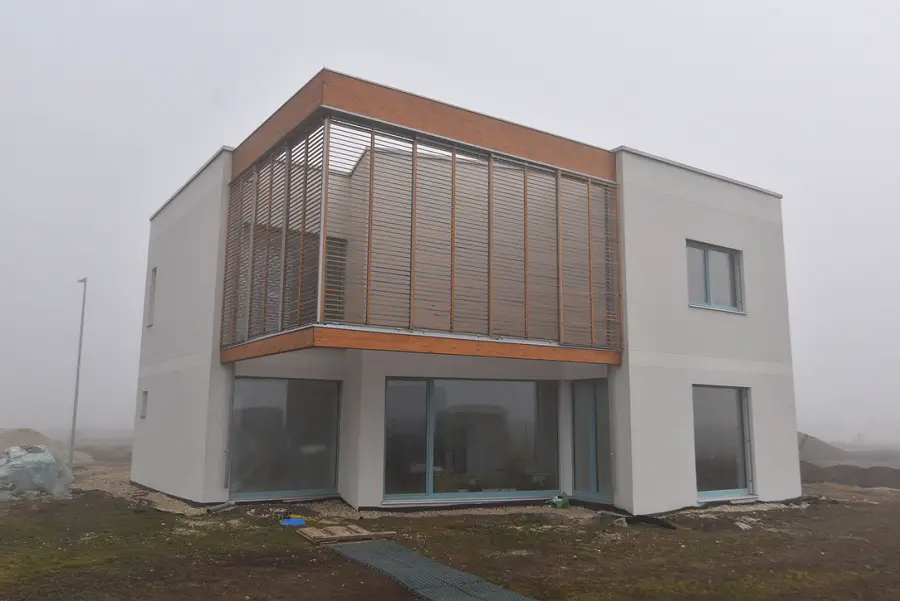
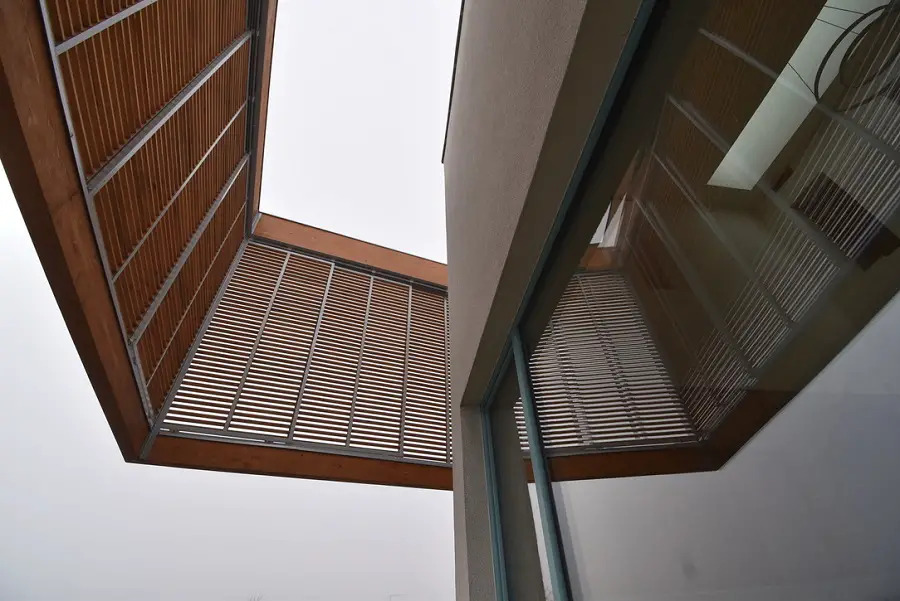
At the end of the discussion, Joan and I agreed to go and film them in their new house after they move in. We want to find out what it's like to live in a passive house and what the energy costs are. So, it's coming up!



















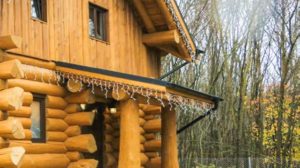
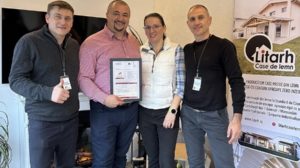
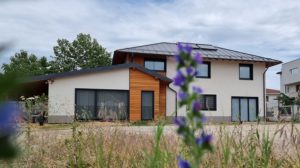
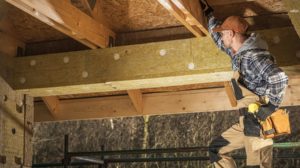
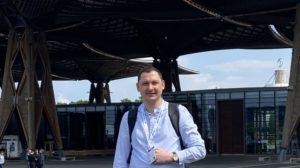
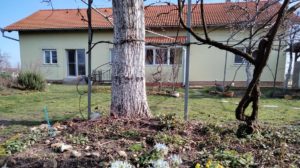
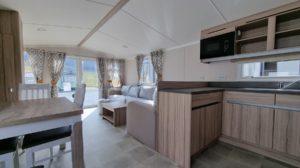
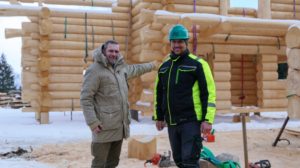

Add comment